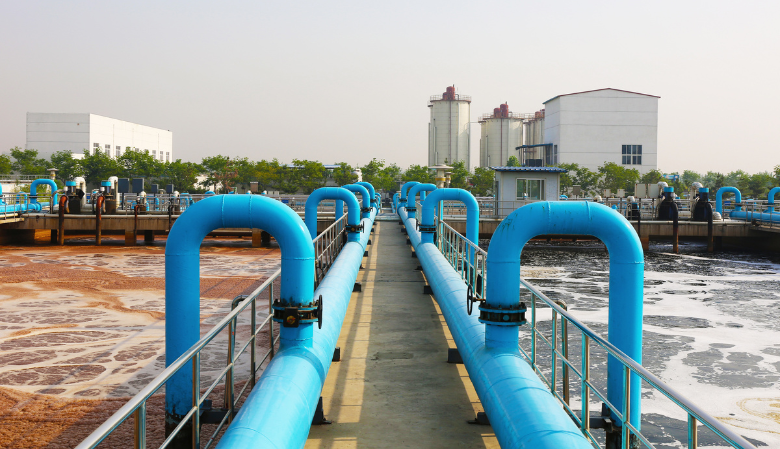
-
-
91-11-41613620

Water Treatment Plant
It involves Rapid Mixing, Flocculation, Sedimentation Filtration, Disinfection and Distribution. Before arriving at your tap, water is treated to remove sediment, bacteria and ther impurities to make it safe for consumption.
Pressure Sand Filters
If the turbidity of the service water is greater than 1 NTU, a media 'filter is needed. The media filter is generally located at or near the upstream of the water treatment system, to protect downstream equipment from the suspended solids. Material of construction for Pressure vessel is MS, 55, and FRP.
Activated Carbon Filter
Activated carbon is a carbonaceous adsorbent with a high internal porosity, and hence a large internal surface area. Activated carbon is usually derived from charcoal or coconut shell. Material of construction for Filter vessel is MS, SS, and FRP. Activated Carbon Filtration is the process of removing free Chlorine Organic Matter, Suspended particles from water both coarse as well as colloidal, adsorbing undesired odours, colours etc.
Water Softener Plant
When water is passed through this resin, the calcium and magnesium ions in the water displace the Sodium lons, and adsorb onto the resin During the regeneration process, a highly concentrated saline solution (15-30% NaCI) is used to 'wash" tire resin. This causes the Ca or Mg which is adsorbed on the resin to be replaced with Na. Softening is the process Of removing Calcium and Magnesium ions from water through Cation exchange.
This is typically used to reduce scaling tendency of water used for boiler feed, or to increase the lather effect of detergents, particularly in laundries In this process, Calcium and Magnesium ions in solutionare exchanged for sodium ions attached to a cationic resin. Sizing of Softener is based on three factors; the capacity of the softener (flow rate), feed water hardness, and frequency of regeneration required.
Do You Have Questions?
Ask your questions to our expert team and get answers asap.